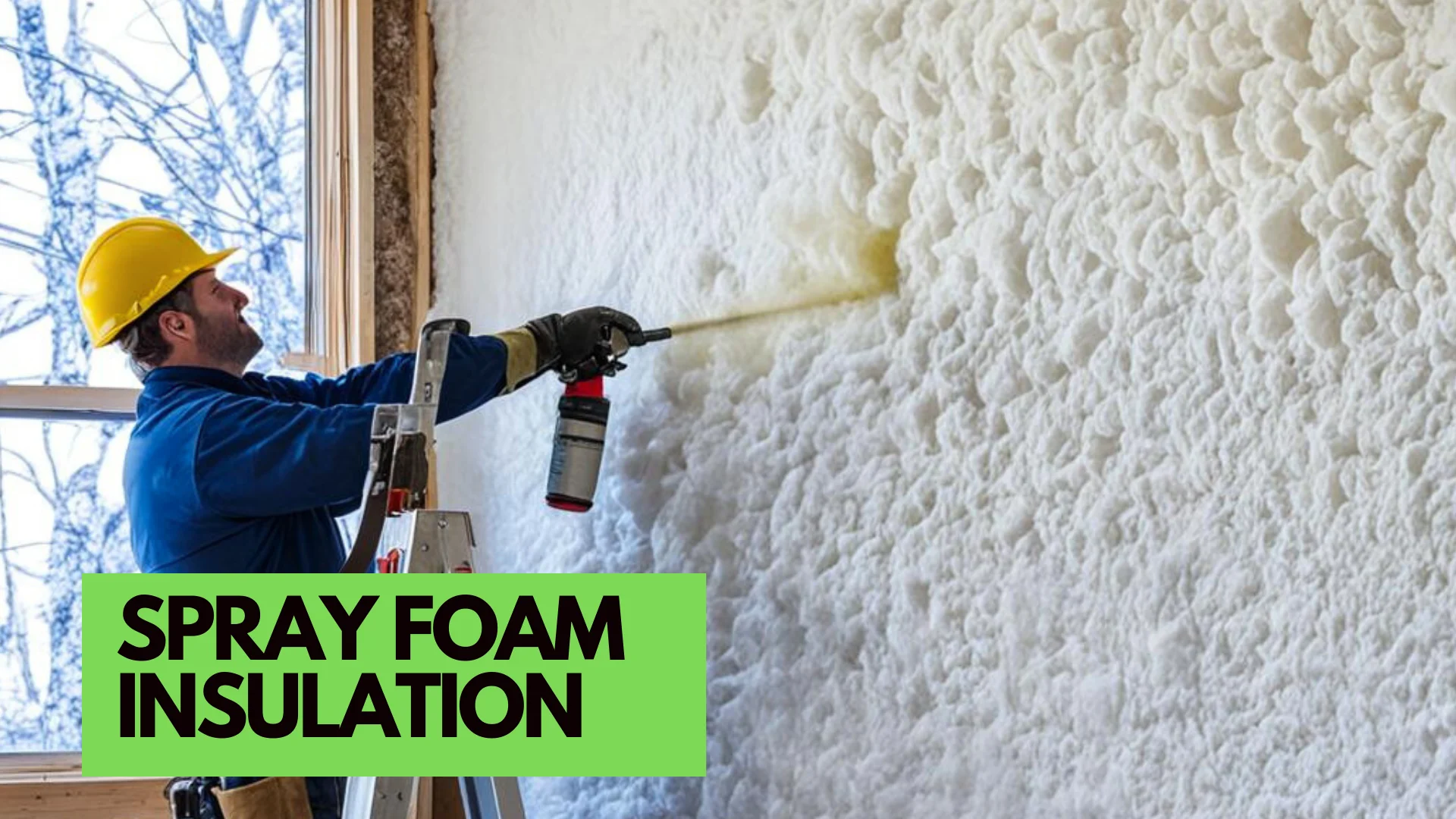How to Accurately Estimate Spray Foam Insulation for Your Project

Have you ever started a home project only to realize halfway through that you bought too much or too little material?
When it comes to spray foam insulation, guessing can cost you both money and comfort. The good news is that with the right approach, you can figure out exactly how much foam you need before the work begins.
This article will guide you through accurate estimating, helping you save time, reduce waste, and make your project stress-free.
Measure the Area
To start, you need to measure the height and width of each wall, ceiling, or roof section. Multiply the two numbers together to get the square footage for each section. Add all the sections together to get the total area that needs insulation.
Measuring carefully is important because even small mistakes can lead to buying too much or too little foam. It helps to write down each section as you go to stay organized. The more accurate your measurements, the easier the rest of the process will be.
Decide on Thickness
Spray foam insulation is measured in board feet, which equals one square foot at one inch thick. The thickness you choose affects both the energy efficiency and the cost of the project. Decide how many inches of foam you want for your space.
The right thickness often depends on climate and building needs. Thicker insulation holds heat and cool air better, but it also costs more. Balancing budget and performance is the key when making this choice.
Match to Product Yield
Each spray foam kit lists how many board feet it can cover. Once you know your total board feet, divide it by the kit yield to see how many kits you need. This makes it easier to plan your purchase, and the site offers a handy calculator that helps determine how much spray foam you need in one easy step.
Pay attention to the product details because the yield can vary between open-cell and closed-cell foam. Using the wrong estimate can leave you short in the middle of the project. Knowing the yield ahead of time helps you stay on track.
Account for Waste and Variation
No project surface is perfect, and spray foam expands as it cures. This means you will often need more foam than the exact math suggests. Adding an extra margin ensures you do not run out halfway through.
A common practice is to plan for ten to twenty percent more than your calculated amount. The foam can also vary based on temperature and how it is applied.
Check Local Building Codes
Before you finalize your plan, make sure you know the local rules. Building codes often require a certain insulation thickness or R-value. This helps ensure safety and energy efficiency in the finished structure.
Different areas may have different requirements, especially in extreme climates. Open-cell and closed-cell foam provide different levels of performance, so the code may limit your choices.
Seal Your Space Save Your Comfort
Every successful project begins with careful planning, and insulation is no exception. When you take the time to measure and calculate, you gain control over both cost and comfort. The effort you invest now will pay back in the form of energy savings and a more efficient home.
Spray foam insulation is more than a product; it is a tool for creating a space that works better for you. Once you master the estimating, the rest becomes far easier.
Did you learn something new from this article? If so, be sure to check out our blog for more educational content.











